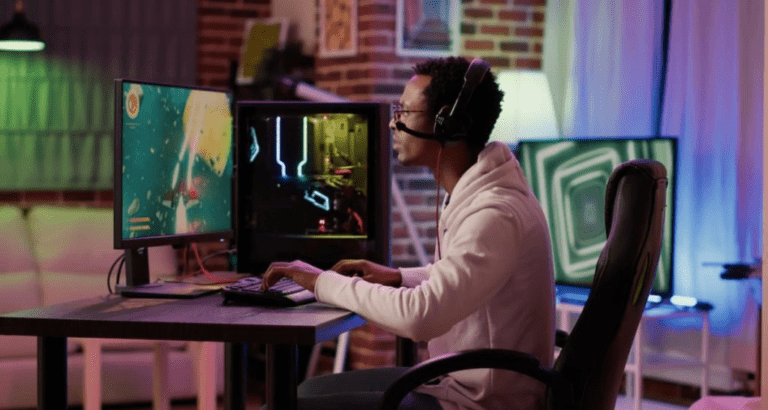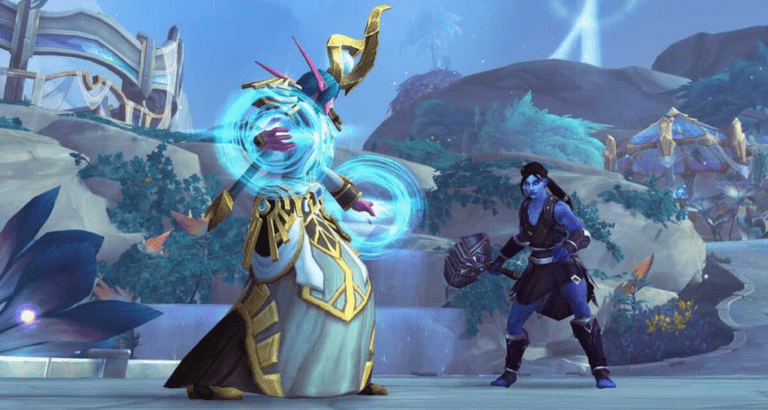Takeaway
Outsourcing game art is not merely a cost-saving measure; it is a strategic approach that enables game developers to access high-quality assets, leverage specialized skills, and enhance overall productivity. By understanding the nuances of outsourcing, game studios can significantly improve their project outcomes while maintaining creative control and ensuring timely delivery.
Introduction
The gaming industry is experiencing unprecedented growth, with global revenues projected to reach $200 billion by 2023 (Newzoo, 2023). As competition intensifies, game developers are increasingly seeking innovative strategies to optimize their production processes. One such strategy is outsourcing game art, which allows studios to tap into a global talent pool, reduce costs, and focus on core competencies. This article delves into the intricacies of outsourcing game art, exploring its benefits, challenges, and best practices for successful implementation.
The Benefits of Outsourcing Game Art
Access to Specialized Talent
Outsourcing game art provides access to a diverse range of specialized skills that may not be available in-house. Many outsourcing studios focus on specific art styles, such as 2D pixel art, 3D modeling, or concept art, allowing game developers to find the perfect match for their project requirements. This specialization often results in higher quality assets, as artists are more adept at their craft.
Cost Efficiency
One of the most compelling reasons to outsource game art is cost efficiency. By partnering with studios in regions with lower labor costs, developers can significantly reduce their production expenses. According to a report by Statista (2023), outsourcing can save companies up to 30% on labor costs. This financial flexibility allows studios to allocate resources to other critical areas, such as marketing or game design.
Increased Productivity
Outsourcing game art can lead to increased productivity within a development team. By delegating art production to external partners, in-house teams can concentrate on core tasks such as game mechanics, programming, and narrative development. This division of labor not only accelerates the development timeline but also enhances the overall quality of the game.
Scalability
Outsourcing provides game developers with the ability to scale their production efforts quickly. Whether a studio is working on a small indie project or a large AAA title, outsourcing allows for flexible resource allocation. Developers can ramp up or down based on project needs, ensuring that they have the right amount of talent at any given time.
Challenges of Outsourcing Game Art
Communication Barriers
Despite its many advantages, outsourcing game art is not without challenges. One of the primary concerns is communication. Working with remote teams can lead to misunderstandings, especially when dealing with complex artistic concepts. Time zone differences and language barriers can exacerbate these issues, making it essential for developers to establish clear communication protocols and utilize project management tools effectively.

Quality Control
Maintaining quality control is another significant challenge when outsourcing game art. Developers must ensure that the assets produced by external partners meet their standards and align with the overall vision of the game. This requires a robust review process, including regular feedback loops and quality assurance checks. Failure to implement these measures can result in inconsistencies that detract from the player experience.
Intellectual Property Concerns
Outsourcing can also raise concerns regarding intellectual property (IP) rights. Developers must ensure that contracts with outsourcing partners clearly outline ownership of the created assets. Without proper legal safeguards, studios risk losing control over their IP, which can have long-term implications for their brand and revenue potential.
Best Practices for Outsourcing Game Art
Define Clear Objectives
Before engaging with an outsourcing partner, it is crucial for game developers to define clear objectives for the project. This includes outlining the desired art style, asset types, and deadlines. By establishing a comprehensive project brief, developers can ensure that both parties are aligned and working towards the same goals.

Choose the Right Partner
Selecting the right outsourcing partner is critical to the success of the project. Developers should conduct thorough research, reviewing portfolios and client testimonials to assess the quality of work produced by potential partners. Additionally, it is beneficial to engage in initial discussions to gauge compatibility in terms of communication style and creative vision.
Implement a Robust Feedback Loop
To maintain quality and ensure alignment with project objectives, developers should implement a robust feedback loop. Regular check-ins and progress updates can help identify potential issues early in the process, allowing for timely adjustments. Utilizing collaborative tools such as Trello or Asana can facilitate effective communication and project tracking.
Protect Intellectual Property
To safeguard intellectual property, developers must establish clear contracts with outsourcing partners that outline ownership rights and usage terms for the created assets. It is advisable to consult with legal professionals to ensure that all agreements are comprehensive and enforceable. This proactive approach can mitigate potential disputes and protect the studio’s creative assets.
Conclusion
Outsourcing game art presents a strategic opportunity for game developers to enhance their production capabilities while accessing specialized talent and reducing costs. By understanding the benefits and challenges associated with outsourcing, studios can implement best practices that lead to successful collaborations. Clear communication, quality control measures, and robust legal agreements are essential components of a successful outsourcing strategy. Ultimately, when executed effectively, outsourcing game art can significantly contribute to the creation of high-quality game assets that elevate the player experience.
Key Takeaways
- Outsourcing game art provides access to specialized talent and cost efficiency.
- Increased productivity and scalability are significant advantages of outsourcing.
- Challenges include communication barriers, quality control, and intellectual property concerns.
- Best practices involve defining clear objectives, choosing the right partner, implementing feedback loops, and protecting intellectual property.

